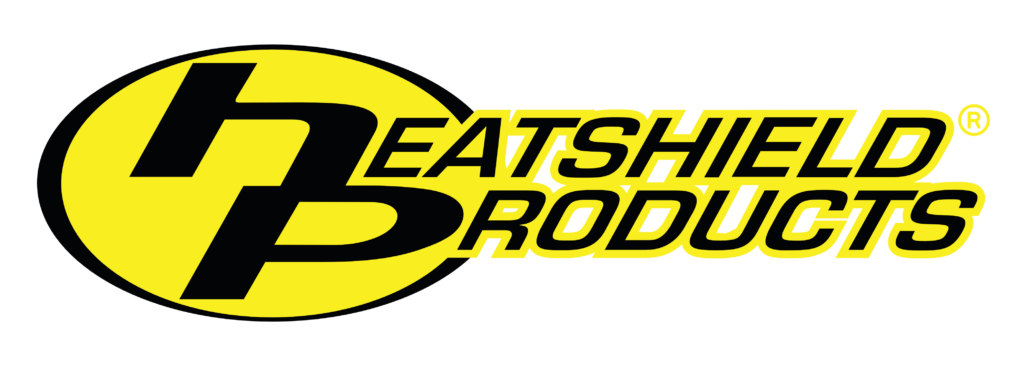
Before buying any heat shield, exhaust wrap, header pipe wrap, or other insulation, it is imperative to educate yourself about the product and the application. For anyone who is new to heat shields or wants more info about our range, we have put together this information page to answer all of the common questions like “What is a heat shield?” and “Which type do I need?” If you don’t find the answer to your question below, please get in touch and we’ll be happy to help you out!
What Is a Heat Shield?
Put simply, a heat shield is any kind of barrier that stops or limits heat from getting through. For example, if you have a television near your fireplace, the heat from the fire can be absorbed by the television case and damage both the case and the internal components. By placing a heat shield barrier between the heat source and the television, you can protect the television from the heat while still enjoying a warm fire and your favorite TV shows.
There is another type of heat shield called an “insulator” that has the job of keeping heat in rather than keeping it out. What is an insulator heat shield used for? This kind of heat shield is used in automotive and industrial settings to make the system more efficient by keeping underhood heat trapped at the source.






